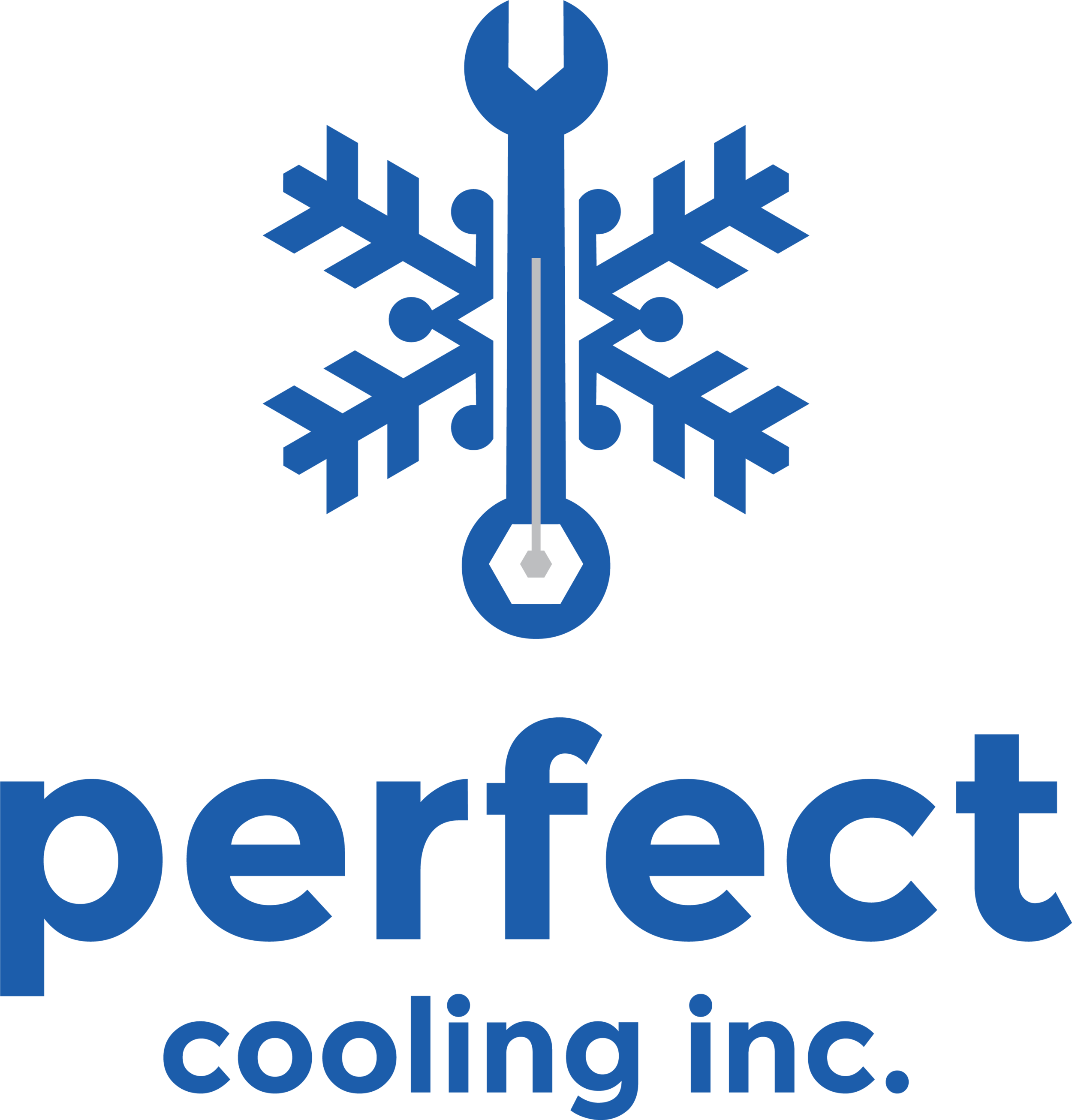From a residential home to a 200-unit apartment building, Perfect Cooling, Inc. can ensure indoor comfort, providing top-quality AC equipment for projects of any size.
WHY DO YOU NEED A NEW UNIT?
REPAIR VS. REPLACE...
When your cooling system breaks down, you're often faced with the choice of repairing your existing unit by having one or more of the components replaced or by purchasing a new air conditioner.
Many air conditioning companies push clients to purchase new units because there is a higher profit margin in replacing existing equipment than there is in repairing it.
Perfect Cooling, Inc. focuses on educating its customers so that they themselves can make an informed decision regarding the replacement or the repair of an existing air conditioner.
Often there's no absolute right or wrong answer. Repairs on an existing unit may be the least expensive immediate option, but may cost the customer more in the long run.
Paying for repairs on an older, inefficient system simply prolongs the inevitable. An older system that breaks down once is likely to break down again. And it will consume more energy
than a newer system. In fact, installing a new, energy efficient system can pay for itself over time. However, there are times when simple repairs can sufficiently prolong the life of
an air conditioner so that immediate replacement of the unit is not the most sensible option.
Sometimes environmental laws determine the course of action a technician must take when faced with malfunctioning equipment. For example, many consumers ask contractors to repeatedly
recharge air conditioning systems which are leaking refrigerant. If a comfort cooling system is releasing more than fifteen percent of its charge over the course of a year, the EPA requires the system
to be repaired (through a leak detection and repair process) rather than repeatedly recharged. If the evaporator coil has numerous leaks or is severely corroded, a reputable contractor will advise the
consumer to replace the unit
Selecting a Unit
It's a purchase you make perhaps once in ten years. You're concerned about efficiency and comfort. But how do you know which brand and model to choose?
Understanding the standard ratings applied to air conditioners can help.
The chart below offers a general guideline for sizing residential systems:
House Size | Size of Central Air System:
800 - 1,000 sq. ft. | 2 Ton
1,000 - 1,200 sq.ft. | 2 1/2 Ton
1,200 - 1,500 sq.ft. | 3 Ton
1,500 - 1,800 sq.ft. | 3 1/2 Ton
1,800 to 2,000 sq.ft. | 4 Ton
2,000 - 2,500 sq.ft. | 5 Ton
Keep in mind that this is only a guideline and that skylights, type of insulation, the number and size of south facing windows, protective shade trees, etc. can significantly effect the size of
system required. Ideally, the technician should perform a load calculation to determine what size unit would best suit the space to be cooled and heated.
Note that when it comes to air conditioning equipment, bigger is not always better. An over size unit will lower the temperature too quickly and will shut off before it has an opportunity to
properly dehumidify the air being conditioned. Excessive humidity can create an environment which facilitates the growth of mold.





